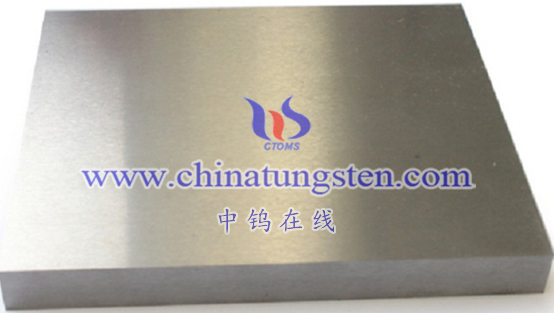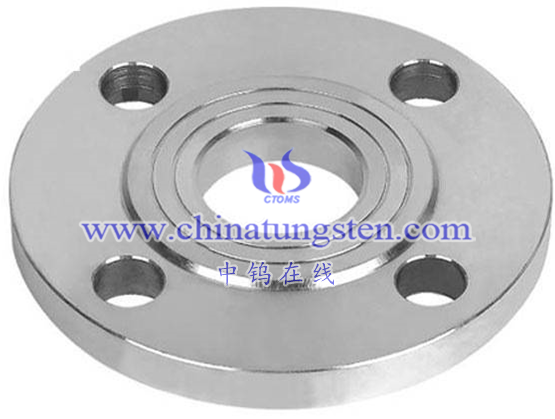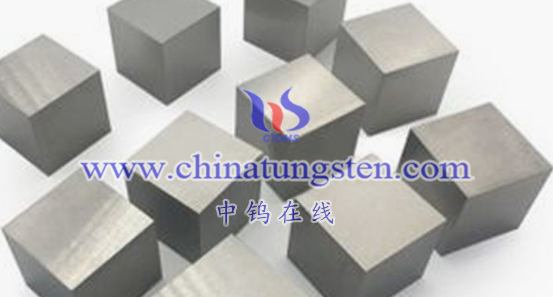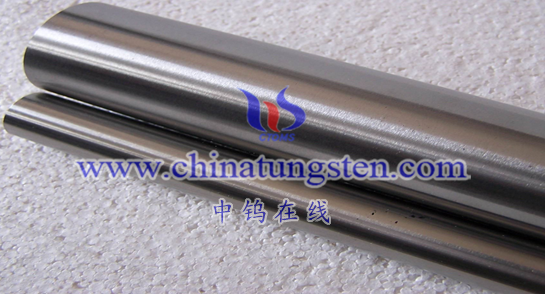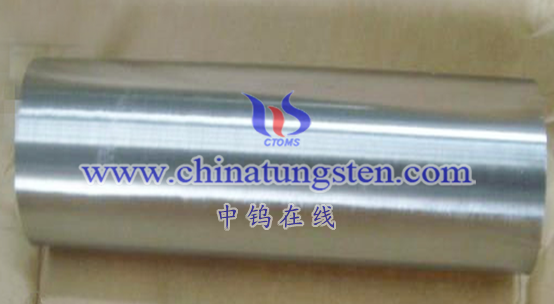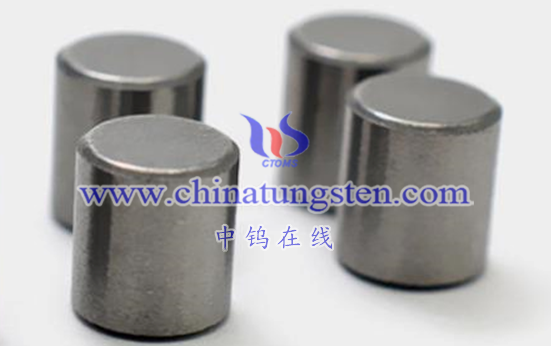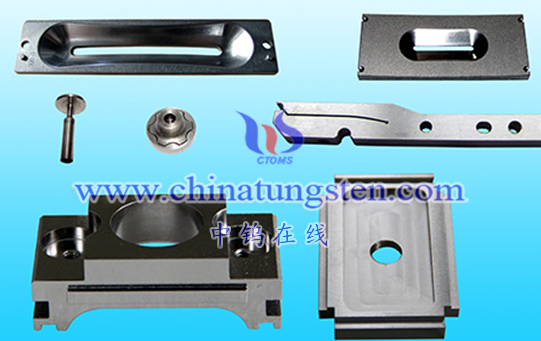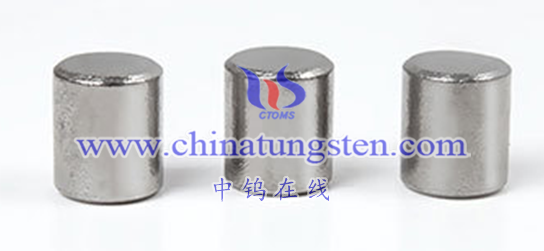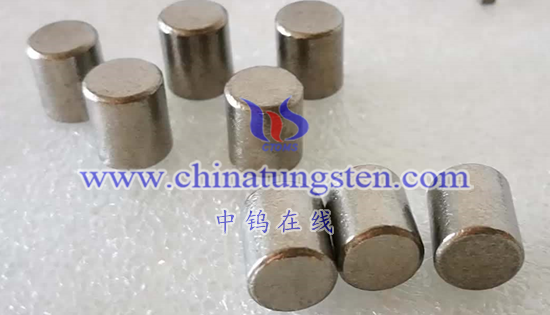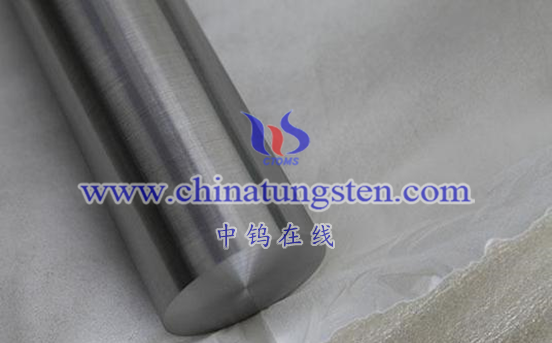
Physical properties of tungsten molybdenum nickel iron alloy
Density of tungsten molybdenum nickel iron alloy
Tungsten-molybdenum-nickel-iron alloys generally have a higher density, mainly due to the high-density properties of tungsten. The specific density value depends on the composition ratio of each element in the alloy.
Thermal conductivity of tungsten-molybdenum-nickel-iron alloy
Due to the high thermal conductivity of tungsten and molybdenum, tungsten-molybdenum-nickel-iron alloys generally have good thermal conductivity properties. This property gives the alloy good thermal stability in high temperature applications.
Thermal expansion coefficient of tungsten-molybdenum-nickel-iron alloy
The alloy has a low coefficient of thermal expansion, which means that the size of the alloy changes relatively little when the temperature changes.
Tungsten molybdenum nickel iron alloy hardness
The hardness of tungsten-molybdenum-nickel-iron alloy is very high because tungsten and molybdenum are both high-hardness elements. High hardness makes the alloy more durable when subjected to stress and wear.
Elastic modulus of tungsten-molybdenum-nickel-iron alloy
An alloy has a higher elastic modulus, meaning it has a better elastic response when stressed.
Electrical conductivity of tungsten molybdenum nickel iron alloy
The conductivity of tungsten-molybdenum-nickel-iron alloys depends on their composition and microstructure and is generally lower than that of pure metals, but is still suitable for some conductivity applications.
Chemical properties of tungsten molybdenum nickel iron alloy
Corrosion resistance of tungsten molybdenum nickel iron alloy
Tungsten-molybdenum-nickel-iron alloy exhibits good corrosion resistance in a variety of environments, especially in high temperature and strongly oxidizing environments. This is because both tungsten and molybdenum are highly resistant to corrosion.
Oxidizing properties of tungsten-molybdenum-nickel-iron alloy
At high temperatures, tungsten-molybdenum-nickel-iron alloys may react with oxygen to form an oxide layer. This oxide layer usually protects the alloy from further oxidation.
Chemical reactivity of tungsten-molybdenum-nickel-iron alloy
Because the alloy contains more reactive elements such as nickel and iron, it may be more reactive in certain chemical environments. This needs to be considered when choosing an application.
Thermal stability of tungsten-molybdenum-nickel-iron alloy
Tungsten-molybdenum-nickel-iron alloy usually has good thermal stability and can maintain the stability of its structure and properties at high temperatures.
Tips: Professional terminology and data of tungsten-molybdenum-nickel-iron alloy
density
Mass per unit volume, usually expressed in g/cm³.
Thermal conductivity
The amount of heat passing through unit cross-sectional area per unit time is usually expressed in W/(m·K).
Thermal expansion coefficient
The relative change rate of material length per unit temperature change, usually expressed in 10⁻⁶/K.
hardness
The material’s ability to resist local plastic deformation is usually expressed in scales such as HB, HV, HRC, etc.
Elastic Modulus
The ratio of stress to strain in the elastic range of a material, usually expressed in GPa.
Conductivity
The ability of a material to conduct current, usually expressed in S/m.
Corrosion resistance
The ability of a material to resist chemical attack, usually measured by corrosion rate or corrosion potential.
The above is a brief overview of the physical and chemical properties of tungsten-molybdenum-nickel-iron alloy. For more detailed information, it is recommended to consult relevant experts of CTIA GROUP LTD.
More details of tungsten alloy product, please visit website: http://tungsten-alloy.com/
Please contact CHINATUNGSTEN for inquiry and order of tungsten alloy:
Email: sales@chinatungsten.com
Tel.: 86 592 5129595




